Optimal Timing for Weeds Pulling
Weeds pullings are most effective when performed during specific periods in the growing season. Timing depends on the type of weeds and local climate conditions. Proper timing ensures easier removal and reduces the likelihood of regrowth.
Early spring and late fall are ideal times for pulling weeds, as they are either just emerging or preparing to go dormant.
Removing weeds at the right time prevents seed dispersal, reduces competition for nutrients, and promotes healthier plant growth.
Soil moisture, temperature, and weed growth stage influence the best time for pullings. Moist soil makes removal easier and more effective.
Dry weather can make pulling weeds more difficult, while moist conditions facilitate easier extraction and reduce soil disturbance.
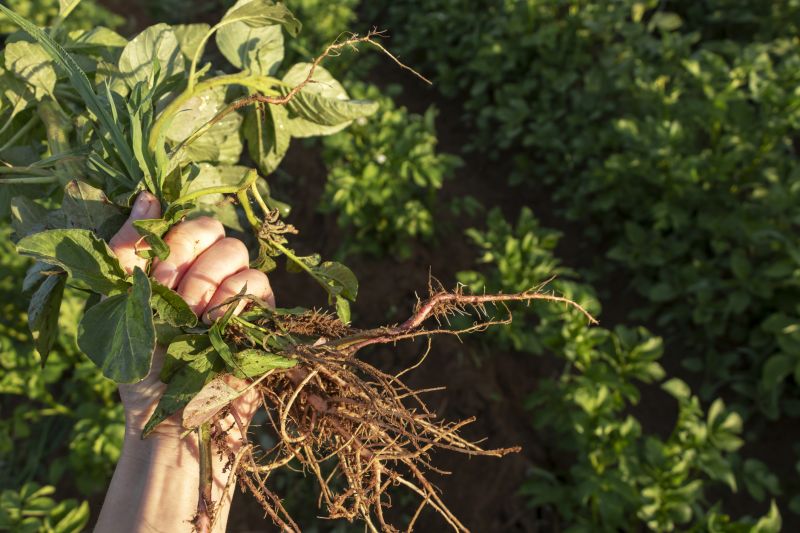
Early spring is a prime time for pulling emerging weeds before they establish deep roots.
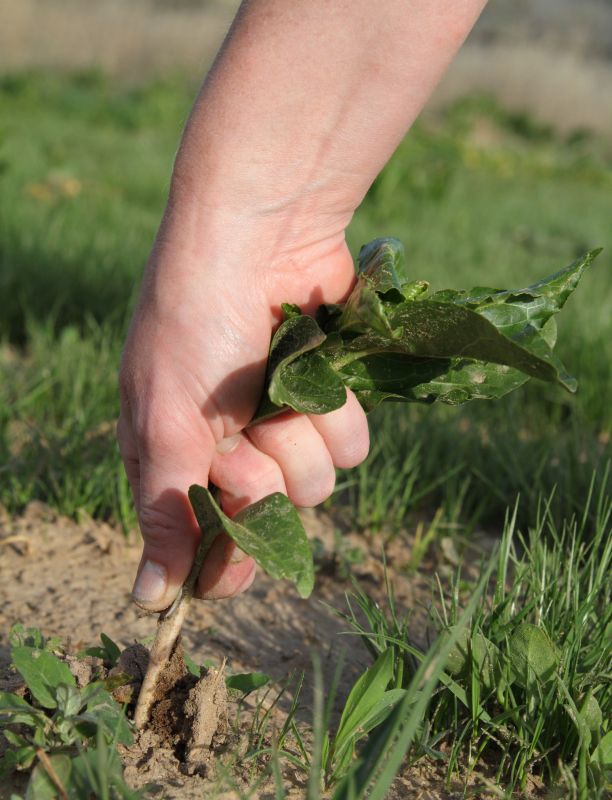
Late fall offers an opportunity to remove weeds before winter dormancy begins.
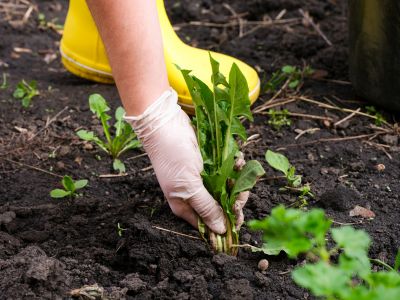
Moist soil conditions facilitate easier weed removal and reduce soil disruption.
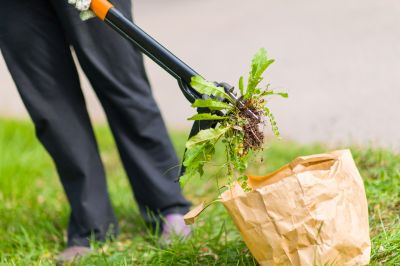
Ways to make Weeds Pullings work in tight or awkward layouts.
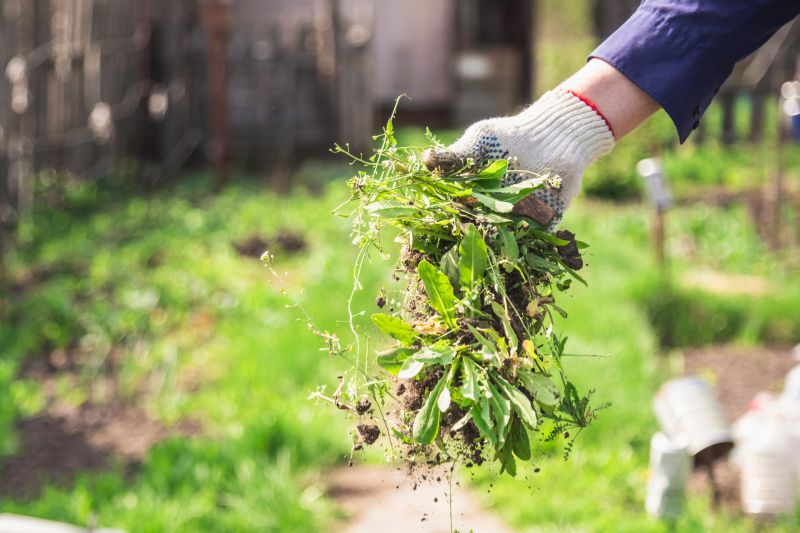
Popular materials for Weeds Pullings and why they hold up over time.
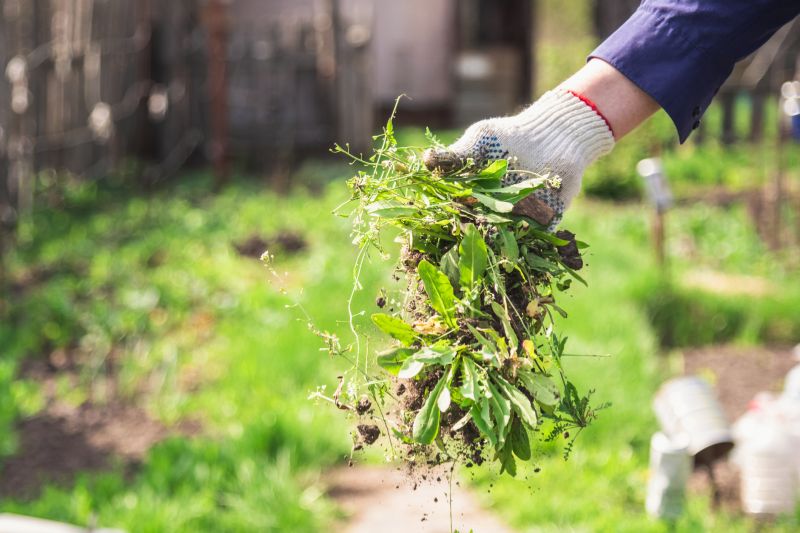
Simple add-ons that improve Weeds Pullings without blowing the budget.
| Aspect | Details |
|---|---|
| Best Season | Early spring and late fall |
| Ideal Soil Conditions | Moist soil enhances removal efficiency |
| Weather Impact | Dry conditions make pulling more difficult |
| Weed Growth Stage | Pre-seed dispersal stage |
| Temperature Range | Temperatures above freezing |
| Soil Moisture | Moderate to high moisture levels |
| Weed Type Consideration | Annuals versus perennials |
| Frequency of Pullings | Regular during peak growth periods |
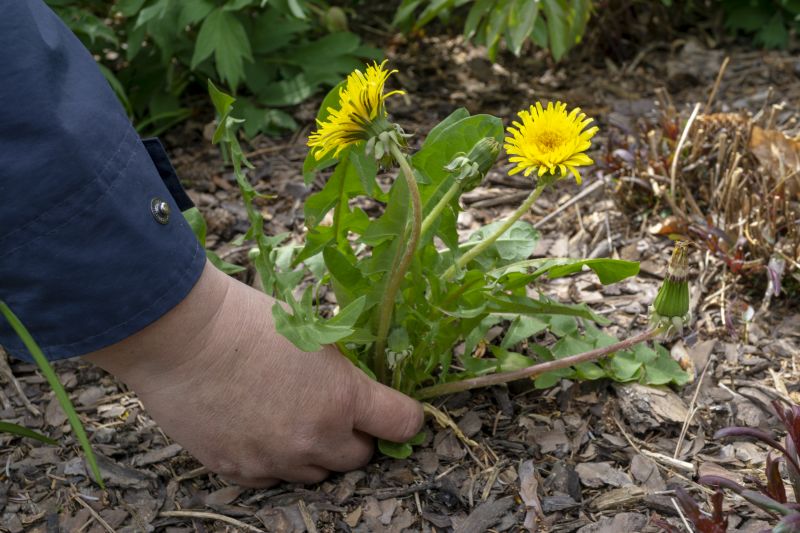
Emerging weeds are easier to remove before they mature.

Fall removal prevents overwintering and seed spread.
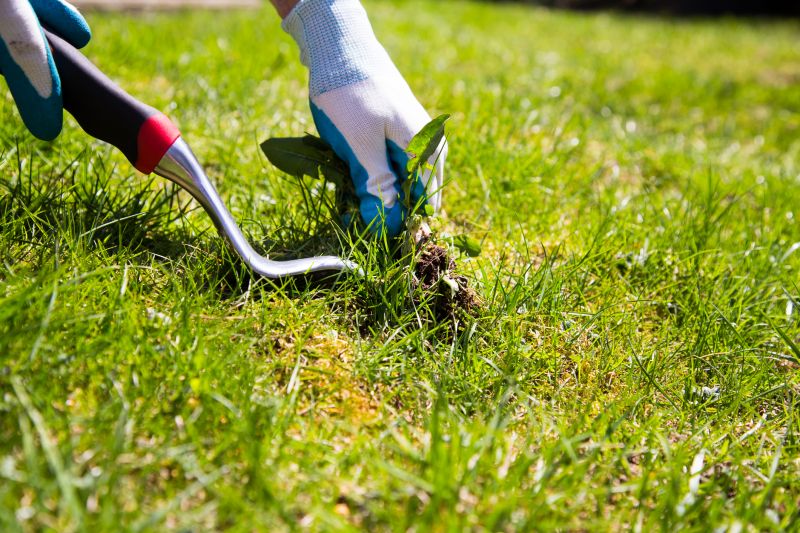
Moist conditions allow for easier extraction of weeds.

Timing before seed dispersal reduces future weed problems.
Effective weeds pullings require understanding the specific growth stages of weeds and the seasonal conditions that influence their development. Proper timing minimizes regrowth and seed dispersal, contributing to healthier landscapes. Consistent removal during optimal periods ensures better control and reduces the need for chemical interventions.
Monitoring local weather patterns and soil conditions can help determine the best moments for weed pullings. Regular inspections during early spring and late fall are recommended for maintaining weed-free areas. Proper timing combined with effective techniques can significantly improve landscape health and reduce weed proliferation.

Manual removal during peak growth stages yields better results.

Timing weed pullings with seasonal changes optimizes effectiveness.

Proper timing supports ongoing landscape health.
For those interested in professional weed pullings, filling out the contact form can facilitate scheduling during the most effective seasons. Proper timing and technique are key to maintaining a weed-free environment and promoting plant health.
